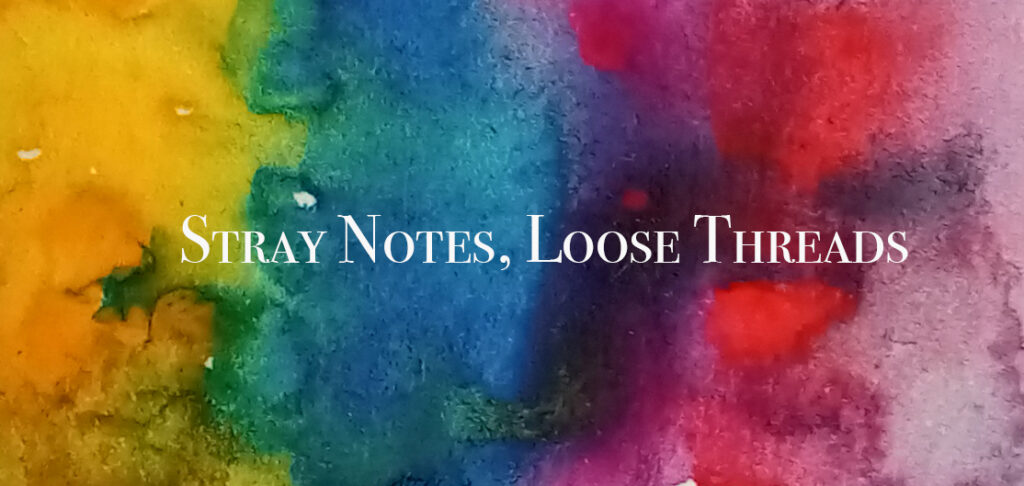Tag: textiles
-
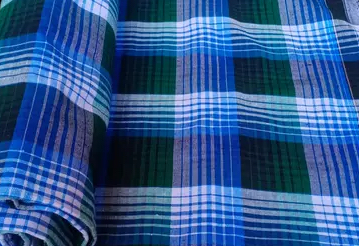
Madras check
The familiar sight of Madras check has a long heritage, and has its origins in everyday casual wear. Born in what was Madras, now Chennai, the capital city of Tamil Nadu, the hand-woven cotton cloth was originally dyed with vegetable colours that ran together when washed, giving a blended look to the soft fabric. It…
-
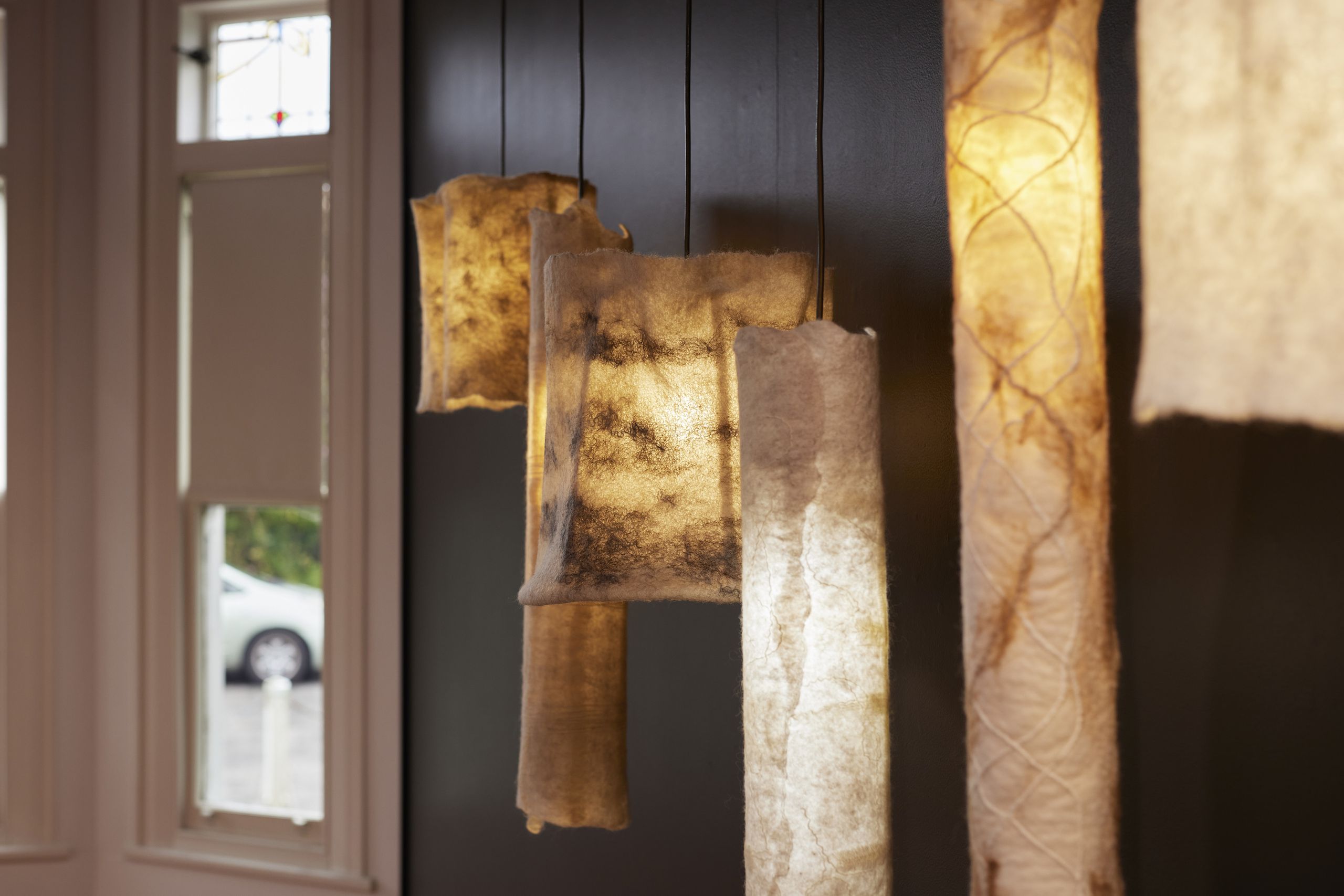
Liz Mitchell supports wool
The New Zealand fashion designer, Liz Mitchell (Member of the New Zealand Order of Merit) , is looking at a revolution for wool. Over lockdowns Liz started to felt with wool and now is on a campaign to increase the appreciation for New Zealand’s strong wool production. You can see the results of her experiments,…
-
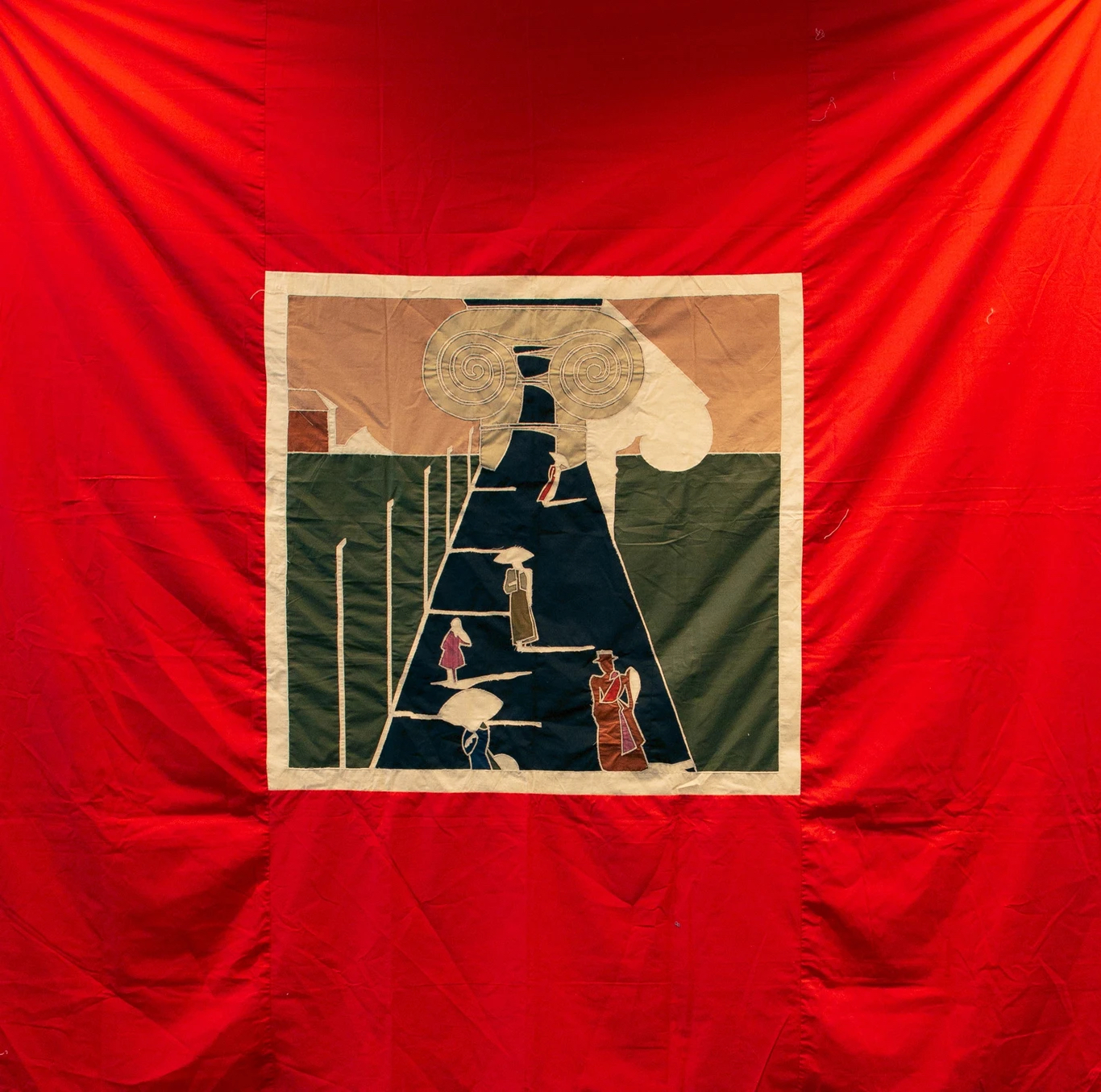
New additions to the collection
This week four new additions to the studio collection have arrived. Bought at auction, the pieces are by Malcolm Harrison, Penelope Read and Laura Vassilis. Malcolm Harrison was a well-known textile artist and fashion designer, best known for his stitched artworks. This sales page shows some of those and also the art he created. The…
-
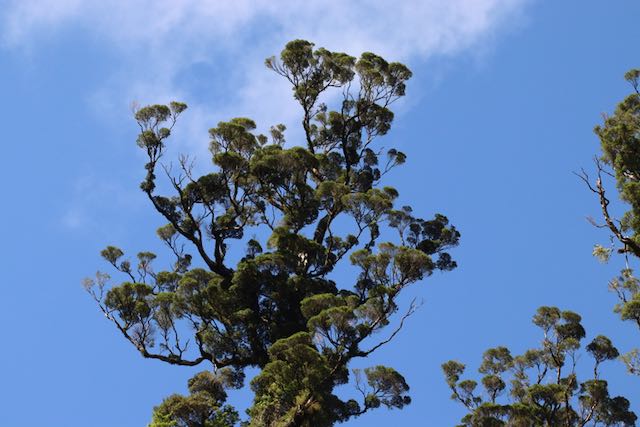
Men of the Trees
Trees feature heavily in this week’s blog. Perhaps it is because the first part of the week was spent planting new trees where the studio-on-the-hill is nearly complete, perhaps it is because of the less-than-judicious pruning and cutting out of invasive trees on the land, or perhaps it is just the zeitgeist. Whatever it is,…
-
Textiles of the Mbuti
Over in the northeastern rainforest, the Ituri, of the Democratic Republic of the Congo live the Mbuti people who make unique barkcloth. Pounded out by men and decoratively planted by women, these cloths are worn or used to hang inside huts. If they are worn for ceremonial purposes they are called Pongo. This example in…
-
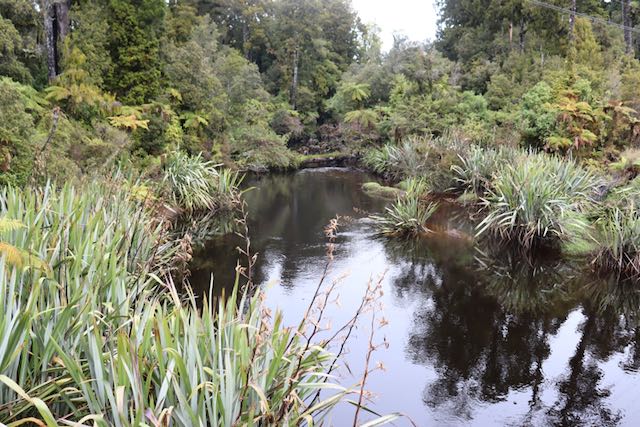
For the love of trees
New Zealand Aotearoa (for those of you who do not know how to pronounce it try Ow-tay-ah-raw-ah) is famous for its amazing scenery, and here in the South Island on the West Coast there is lush forest and dense jungly growth. This cloak of green has come about because of the high rainfall in the…
-
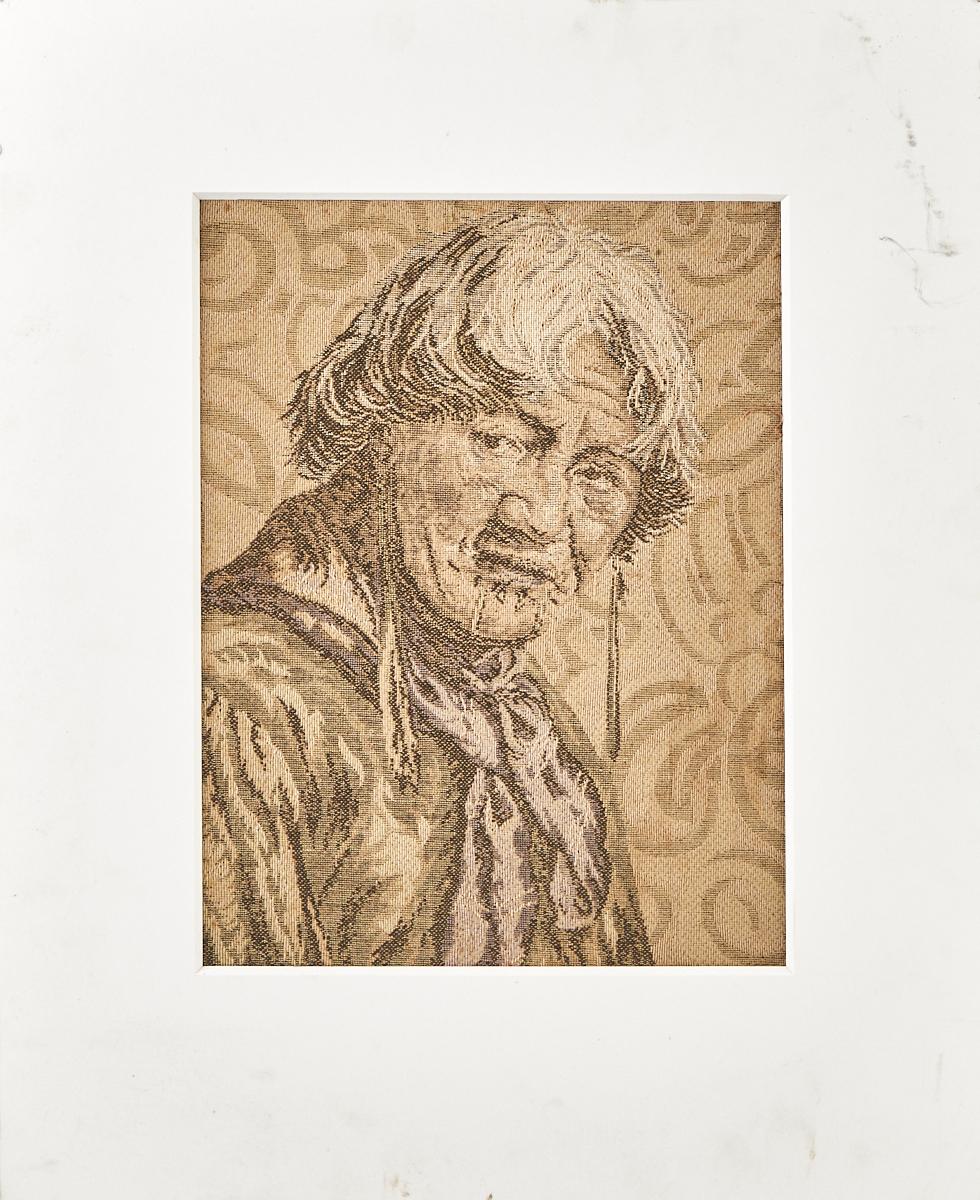
Harata Rewiri Tarapata
This woven portrait of Harata Rewiri Tarapata is derived from a painting by Vera Cummings, a version of which is in the National Collection at Te Papa. Harata Rewiri Tarapata is a significant figure in Maori history, as you can read on the link above. The painter, Goldie, Vera Cummings’ teacher, also painted her portrait.…
-
The Nature of Textiles talk
The Nature of Textiles exhibition has ended with a talk on Friday. Twenty people attended the hour-long conversation about the show. The chat ranged over the materials used in the pieces on show, the history of some of the articles, and why they were added to the collection. There were some interesting questions along the…
-
The history of a camouflage
A few weeks ago a suit made of camouflage was bought for the studio collection. It was made in Vietnam by a tailor and is a loose-fitting, semi-formal jacket and trousers. In many parts of the world, camouflage is used for stalking, hunting, bird-spotting, animal counts… but in Zimbabwe the cloth has a troubling history…
-
Appropriation or appreciation – who makes the decisions?
The artist, Yinka Shonibare, has long employed art to explore and expose colonial attitudes, using cloth that originated in the Dutch colonies and that are now associated with Africa, to highlight the role of the textile industry in world trading relationships. It is a clear example of cultural appropriation. But sometimes the lines are blurry.…
